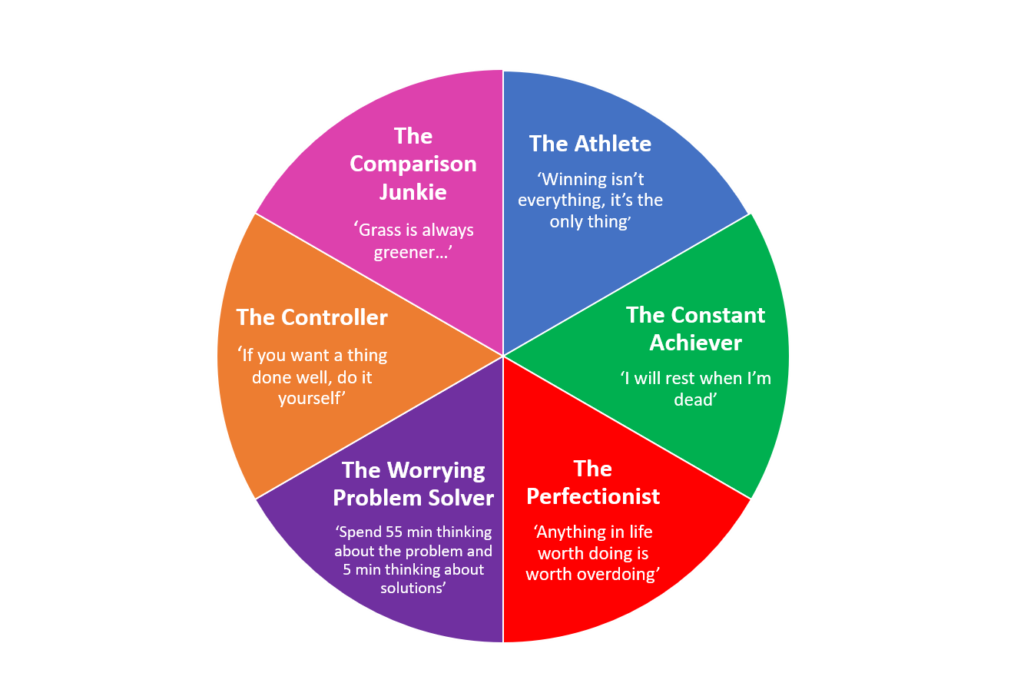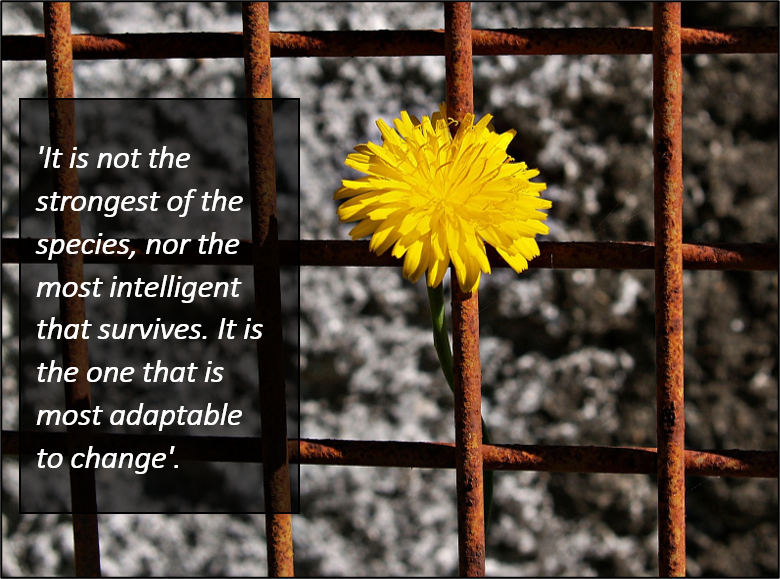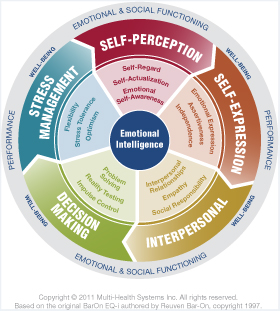Many of my clients experience an acute lack of focus time, what they often call ‘real work’. They are overwhelmed by the constant flow of emails, meeting invites and ‘urgent’ requests from stakeholders.
It’s not surprising. A study from Loughborough University (T.W Jackson, 2021) found that 84% of professionals always keep their inbox open in the background with 70% of emails being opened within 6 seconds of receipt. Given that the average knowledge worker receives 120 emails per day (Earthweb, J Wise, 2022) and on top of that a constant flow of Slack- or Teams notifications and social media updates, we are setting ourselves up for failure at best. Burnout at worst.
What does this availability cost? For your focus, for your health, for your productivity?
Why is it so hard to turn off distractions, even though we know it’s what we need the most?
Throughout evolution we have been rewarded for being curious. There are powerful neurotransmitters like Dopamine involved, which makes checking emails or social media likes difficult habits to control. It’s more important than ever that organizations put sustainable communication practices in place and that their leaders live by them.
And yes, in periods we might need to be more accessible. But I challenge everyone to schedule undistracted focus time at least once per day. It’s critical for our focus, wellbeing and productivity at work.
Slowing down doesn’t mean accomplishing less; it means cutting out counterproductive distractions and the perception of being rushed. – Tim Ferriss
Here are a few thing you can try:
- Get the Pen and paper out. Go analog when you are next solving a problem or planning an activity.
- Use mornings wisely. Studies show that out stress tolerance is higher in the mornings, making the first couple of hours of work out ‘cognitively expensive’. If possible, block undisturbed time for your priorities in the morning.
- Plan for productivity. The 52:17 rule, first described in a Muse article in 2014 is a method by which you spend 52 minutes of intensive, purposeful work followed by 17 minutes of rest away from your computer. People using this method were found to have a unique level of focus and productivity.
- Go Walkflecting: Walk+Reflection. A powerful practice to increase our creativity, wellbeing and productivity. Just make sure you turn off your mobile.
What could you do more of if you were less distracted?















